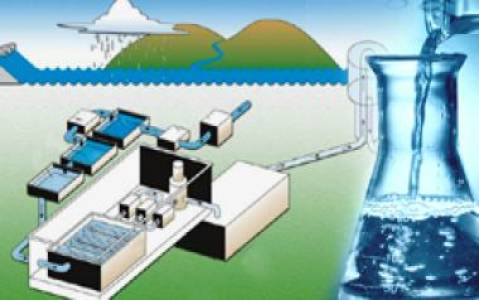
This comprehensive water treatment process utilizes a multi-stage approach to deliver clean, safe, and palatable water, tailored to meet your specific needs and water source challenges. Whether you're dealing with hard water, contaminated sources, or simply aiming for improved taste and quality, our process ensures reliable and efficient water purification.
This system employs a modular design, allowing for customization based on your unique requirements. Standard stages include:
1. Pre-treatment:
2. Primary Treatment:
3. Secondary Treatment:
4. Disinfection:
5. Post-Treatment (Optional):
To discuss your specific water treatment needs and receive a tailored proposal, please contact us today. We'll assess your water source, determine your requirements, and design the optimal solution for you.